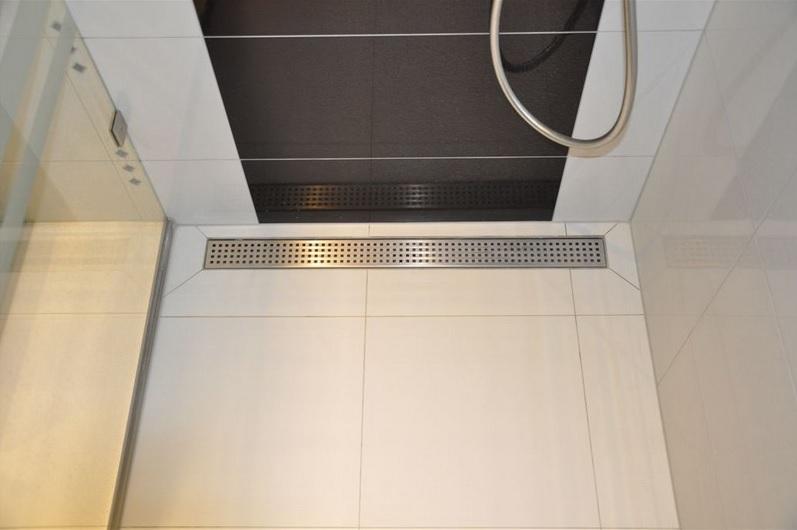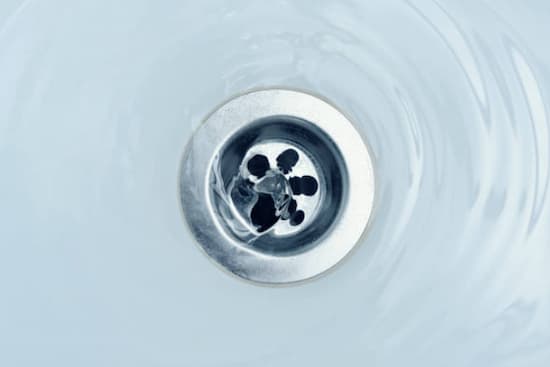How To-Guidelines for-Tips On Successfully-Effectively-Properly Handle-Manage-Execute Your Own-DIY-Personal Shower Drain-Bathroom Drain-Drainage System Installation-Setup-Project
How To-Guidelines for-Tips On Successfully-Effectively-Properly Handle-Manage-Execute Your Own-DIY-Personal Shower Drain-Bathroom Drain-Drainage System Installation-Setup-Project
Blog Article
This post which follows in relation to How to Install or Replace a Shower Drain is really captivating. Give it a try and make your own personal findings.

Upgrading a bathroom is just one of the much more preferred home enhancement tasks. Dealing with the plumbing for draining your shower can be exceptionally basic unless you go overboard.
Handling Your Own Shower Drainpipe Installation Job
Whether you are a bath tub or shower person, lots of people seek shower only choices when getting a home. This easy truth suggests greater than a couple of homeowners spend a weekend break updating or installing showers in their bathrooms. The good news is for you, it is a fairly easy procedure.
An enthusiast or frying pan refers to the straight surface area located at the end of the shower. The collector commonly consists of a non-slip surface a little banked in the direction of the center or wherever the drain is located. Integrated with 3 to 4 inch wall surfaces around the side, the objective of your shower water drainage plumbing is to obtain the water to flow to and down the drain.
You can physically build a collector for your new shower, however you truly need to consider it. Do you truly wish to enter the issues of obtaining the sloping right, as well as seeing to it every facet of it is water-proof? As well as I suggest every aspect! It is a lot easier to simply buy a pre-cast collector online or at your local Lowes, Home Depot or equipment shop. Structure one could seem like a wonderful idea, but you will probably feel differently after a couple of hrs.
No matter exactly how you deal with obtaining a frying pan, you should make every effort to utilize one that has the drain located in the very same place as the original frying pan. Relocating the drainpipe pipes can be a task, especially if the building contractor utilized a distinct framing framework. If you are identified to move the drainpipe, you are going to need to cut down the pipe or extend it, which might imply ripping up huge pieces of the floor. Rephrase, you are going to be looking at a numerous weekend project.
Thinking we have our drainpipe lined up, the real connect is fairly straightforward. The drain pipeline ought to be encountering vertical approximately the collection agency. It will usually look like a "U", which indicates it acts as a cleanout to maintain nasty scents from coming back up from the drainpipe. To connect the drain, you are mosting likely to produce a water limited connection in between a drain cap on the top of the frying pan and the water drainage pipeline. Systems differ, but you are commonly going to do this by placing a combining piece on the top of the water drainage pipe. This is then covered with gaskets as well as essentially screwed into the drainpipe cap. The drainpipe cap need to act as a locknut, to wit, it screws straight onto the coupling.
The difficult part of this procedure is getting your drain cap to match a watertight setting in the pan. This is completed by backing off the drain cap as soon as you are sure every little thing meshes. At that point, you put plumbings putty around the underside of the cap and afterwards screw it back on. The putty should develop a limited seal in between the cap and the shower pan, which keeps water from dripping under it and right into the mounting under the shower.
Clearly, restroom showers been available in a variety of designs nowadays. If you purchase an enthusiast, they generally included plumbing directions or the store can note anything unusual you must know. It seems intricate, yet is generally rather direct. Enjoy!
How to DIY a Shower Drain Repair or Replacement
Verify the Source of the Leak
Pour some water down the drain using a funnel. If you don’t see signs of leakage from the drain, the leak may be coming from a worn bathtub seal. In this case, fill the bathtub with water and look for leakage between the bottom of the tub and the floor.
Determine What Drain You Need
There are two main types of drains. The options include those with a trip lever, including foot lock, roller ball, and lift and turn drains. Those with trip levers include pop-up and plunger drains. While each may have its own installation guidelines provided by the manufacturer, we’ll continue with the general process of replacing your shower drain.
Access the Drain
If there’s a cover over the drain flange, remove it. Old covers may be stuck in place, so you may need a hacksaw blade to cut it and pry it loose. But if there is no access panel, locate where the shower pipes are, place a cloth or metal plan below where you cut into the wall (to catch any water), and use a drywall saw to cut a panel on your own (you should wear safety glasses if proceeding with this step). You’ll want to cut a piece that can be put back in the same spot after the drain is replaced.
Ideally, you’ll have access to the drain parts through the shower wall. In some cases, the only option is to make an access point through a closet or bedroom.
Remove the Leaky Parts
With the drain exposed, you should see where it is leaking from. There is usually some discoloration in the area of the leak. The drain body, strainer body, or gasket can be removed with pliers while a screwdriver is needed to remove the strainer.
Repair or Replace the Drain
A shower drain repair kit can be purchased at a home improvement store. It will have instructions that will show you how to disassemble and repair the shower drain. Usually, it’s only necessary to fix the parts that are broken. You can combine old and new parts if they fit together. If the entire drain needs to be replaced, swap out all the old parts for the new ones so there are no more leaks.
Test the New/Repaired Drain
Turn on the water lightly while observing how it flows into the drain. Then check the pipes below the shower (in the basement or on a lower floor) to see if there’s any leakage. Once you verify any leak has been fixed, you can go ahead and patch up the wall (using drywall mud and a mud knife).
Ceilings that have water stains should be repaired. Cut away the affected section and replace with a piece of drywall and drywall mud. This eliminates damage caused by the leak and lets you find and mitigate other potential issues such as mold.
https://www.blackhillsinc.com/blog/how-to-diy-shower-drain-repair-replacement/

We were brought to that write-up about How to Install a Shower Drain in a Basement through an acquaintance on a different web property. Kindly set aside a second to share this entry if you liked it. I value reading our article about Simple Steps for Installing a Shower Base.
Report this page